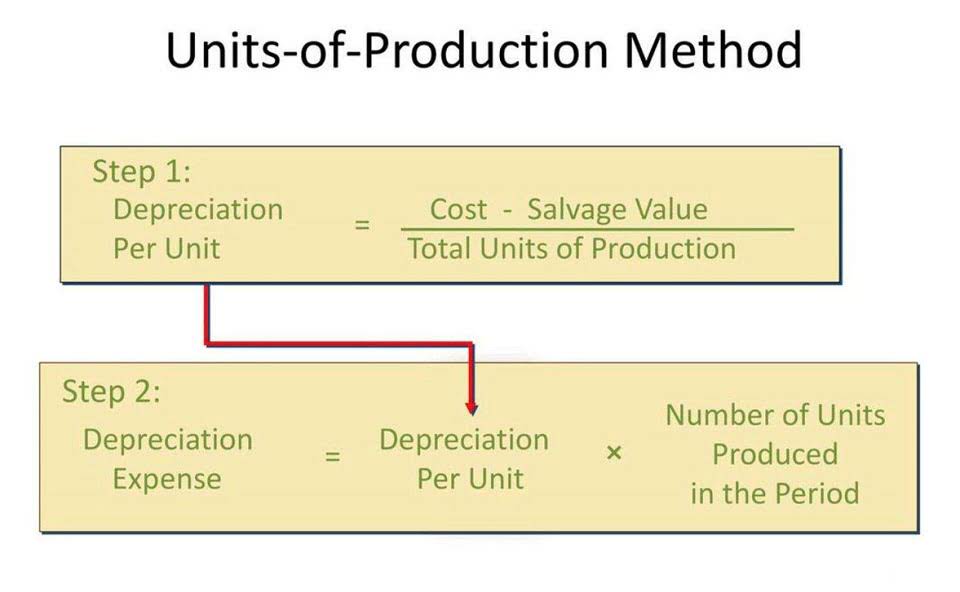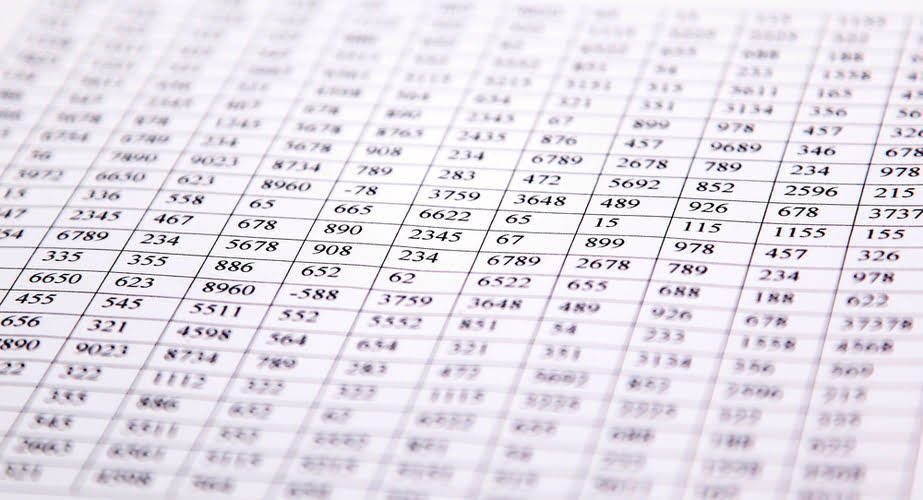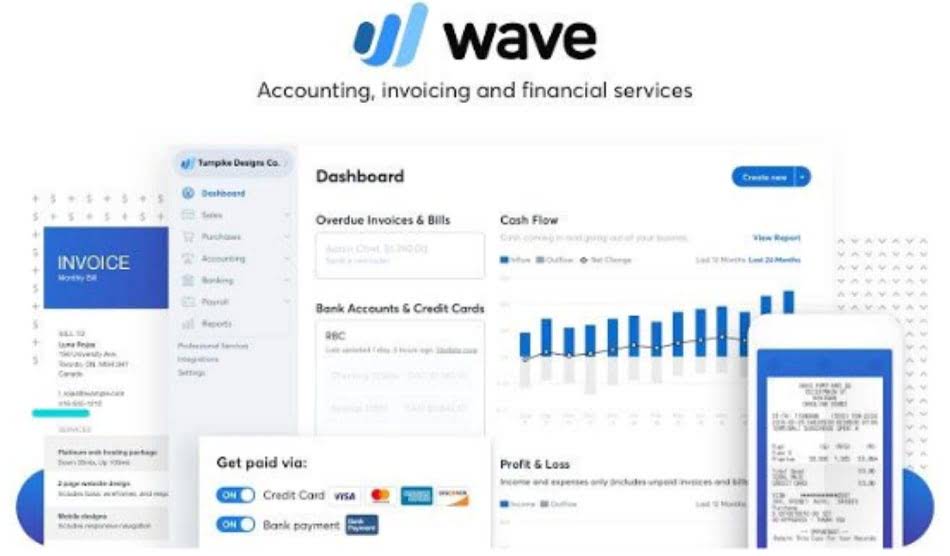
R programming boasts an extensive collection of user-contributed packages that enhance its functionality and cater to diverse data analysis needs. These packages provide specialized tools, making R an incredibly powerful language for statistical computing and data manipulation. R is a programming language created by statisticians for statistics, specifically for working with data. It is a language for statistical computing and data visualizations used widely by business analysts, data analysts, data scientists, and scientists. Let’s look at more details of the R language to see what makes it different. R is a powerful programming language specifically designed for statistical computing and data analysis.

R programming language

Using past data, data scientists and data analysts can determine the health of a business and give business leaders actionable insights into the future of their company. You can find resources online, some of which are free, to help you learn what is r&d in accounting how to program using R. In some cases, online courses will offer a certificate upon completion. Online courses offer an excellent option if you need flexibility and want to learn R without making a significant time or financial commitment. Despite the massive popularity of Internet articles (ahem!), the printed word isn’t dead. Consequently, there are many excellent books you can find that cover the R programming language exceptionally well.

R language pros and cons
With its extensive features and capabilities, R has gained significant popularity among statisticians, data scientists, and researchers. Most commonly, the R language is used for data analysis and statistical computing. R is especially relevant for data science professionals due to its data cleaning, importing, and visualization capabilities.
Caltech Post Graduate Program in Data Science

The Tidyverse is a collection of easy-to-use packages designed for data science. These packages, designed by Hadley Wickham, share the same design, grammar, and data structures. The fact of having common features makes the learning process easier. Unlike Python or Java, R is not a general-purpose programming language. In order for companies to be data-driven, they need to equip their employees with the right data tools. R was built by statisticians, meaning the syntax is more domain-specific and may have a steep learning curve initially.
Become a Data Science & Business Analytics Professional
R was created in the early 1990s by Robert Gentleman and Ross Ihaka at the University of Auckland in New Zealand. Both R and Python are open-source and used for data science applications, though they are different in purpose and functionality. R is mainly built for statistical analysis, while Python is designed as a general-purpose programming language. R is an interpreted programming language and runtime environment designed retained earnings balance sheet for statistical computing, graphics and data visualization.

You can use it to create graphics such as charts and use statistical techniques like data reduction, classification, and clustering. R is an interpreted programming language widely used for statistical computing, data analysis and visualization. R provides structured approach to Accounting For Architects data manipulation, along with decent libraries and packages like Dplyr, Ggplot2, shiny, Janitor and more. The availability of extensive packages and libraries allows users to extend R’s capabilities for various statistical and graphical techniques.
High Demand in Data Science
- The R programming language is a powerful tool that is widely used for data analysis, statistical computing, and graphical representation.
- This article covers what the R programming language is all about, what it’s suitable for, its basics and advantages, and anything else we can throw in to help you make an informed decision.
- R provides various statistical techniques like statistical tests, clustering and data reduction.
- Much of the system is itself written in the R dialect of S, which makes it easy for users to follow the algorithmic choices made.
- Those who prefer more hands-on guidance may benefit from enrolling in an online program, whereas learners who enjoy independent study may not require as much instruction.
- On one hand, Assad’s demise would represent a decisive blow against Iran and its allies.
It offers a great collection of packages for performing all kinds of data science tasks. Together with Python, R forms an integral part of the modern-day data science toolkit. It does a few things very well, mainly statistical analysis and data visualization. While you can find data analysis and machine learning libraries for languages like Python, R has many statistical functionalities built into its core.
- R is known for its interactive environment, where users can execute code line by line, making exploring and understanding complex data structures easier.
- If you’re considering learning the R language, you’ll be happy to know that it’s available to the public for free under the Free Software Foundation’s GNU General Public License.
- Compared to pursuing a degree, enrolling in an R bootcamp is typically less expensive and can be finished quicker.
- The Tidyverse is a collection of easy-to-use packages designed for data science.
- The R programming language is an open-source language and environment specifically designed for statistical computing and graphics.
- Online courses offer an excellent option if you need flexibility and want to learn R without making a significant time or financial commitment.
Extensive Packages and Libraries
The R programming language is widely used in academics and research. For instance, Cornell University teaches R in courses that require statistical computing. The University of California teaches students statistics and data analysis by introducing them to R, and many other universities do as well.
Hello World Program in R Language
- R Programming, often simply referred to as R, is a powerful and widely-used programming language and environment designed for statistical computing and data analysis.
- This robust community leads to the continuous development of thousands of different packages for natural language processing, stock market analysis, and much more.
- R is a powerful programming language specifically designed for statistical computing and data analysis.
- R is a free, open-source programming language, meaning anyone can use, modify, and distribute it.
- R programming boasts an extensive collection of user-contributed packages that enhance its functionality and cater to diverse data analysis needs.
- Simplilearn’s Data Science With R Certification Course covers data exploration, data visualization, predictive analytics, and descriptive analytics techniques with the R language.
- To learn R programming effectively, consider online courses, tutorials, and practice by working on real-world data projects.
Most of them live in CRAN (Comprehensive R Archive Network) repository. This huge catalog provides endless models and tools to perform data analysis tasks. Start with Learn R to learn how this powerful programming language works and become a data expert. You can then take your education further by learning how to analyze data with R or one of the other courses available in our R programming language course catalog. While R is primarily a scripting language that’s easy for non-IT users to learn, it isn’t as powerful, flexible or efficient as Python, the favored language of data analysts and data scientists.
